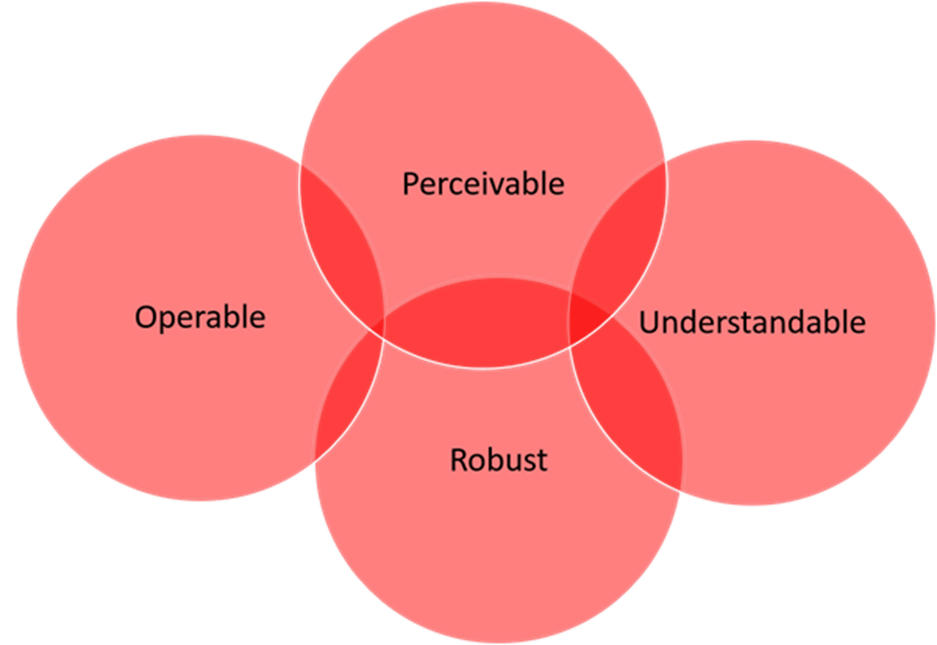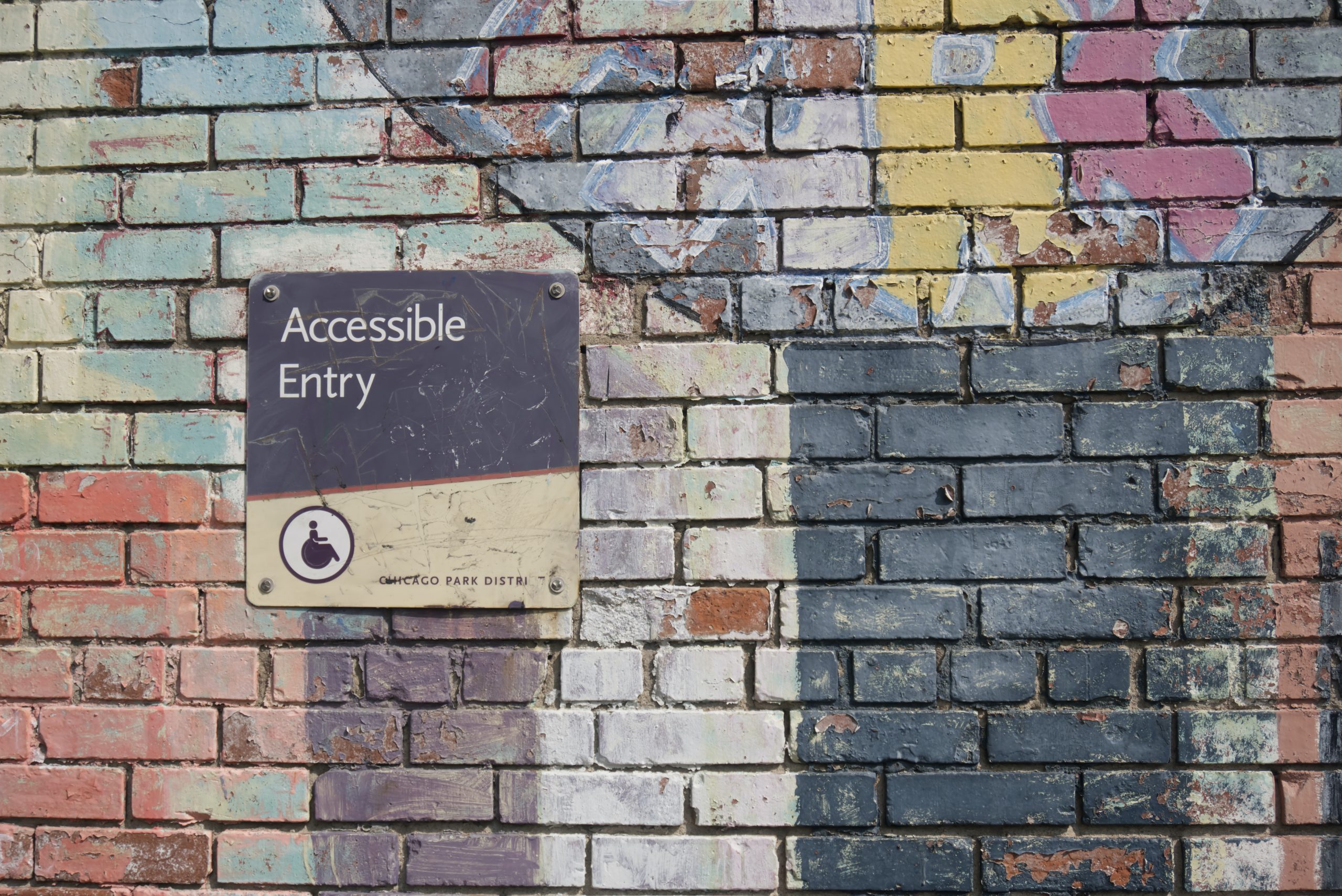IA Blog
Inclusion & Accessibility
Digital Accessibility Laws Around the World
Although there are a number of places who have adopted different standards into their accessibility laws, the Web Content Accessibility Guidelines remain the most well-known and have been named as the guidelines to follow in countries all around the world. This blog contains an overview of what digital accessibility regulations look like worldwide.

IA Labs at the Dublin Tech Summit 2022

Understanding the POUR Principles of Accessibility
The Web Content Accessibility Guidelines (WCAG) are internationally agreed upon standards established to help content authors and developers create web content – whether a website, web application, or other digital technology – with accessibility in mind. There are four main guiding principles of accessibility upon which the WCAG have been built.


